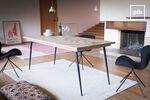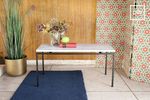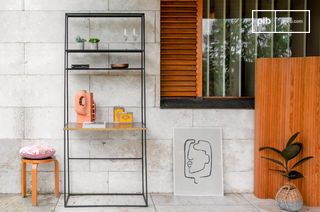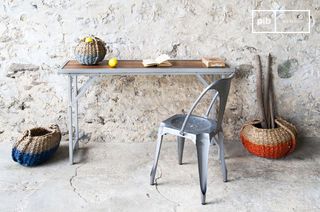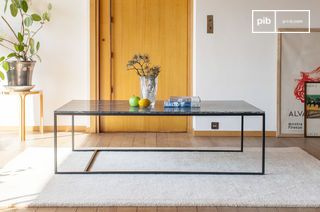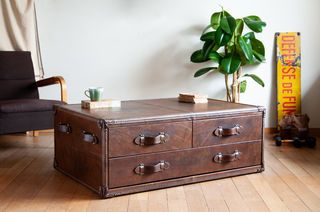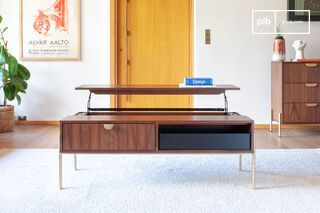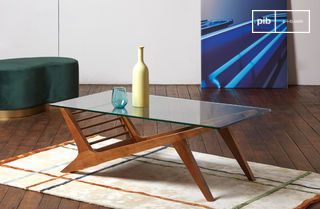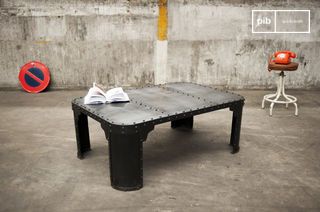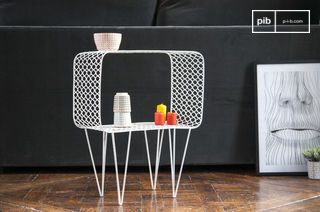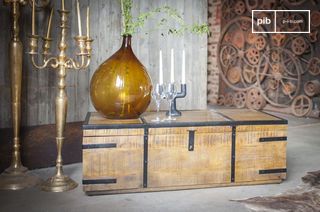Rectangular tables
Rectangular dining tables provide a clear organization of space and facilitate circulation around the furniture. Their linear format adapts equally well to narrow rooms and large spaces, with fixed or extendable versions. This category includes models designed to accommodate between four and ten people, depending on size. Materials, frames and finishes vary to suit specific uses: daily meals, one-off meetings or modular layouts. A rectangular dining table structures the room without restricting its layout.
read more >Filters
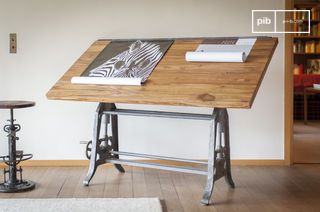
Teak architect table1928
€1680 €1510-10%

Industrial desk-librarySeattle
€1280 €1150-10%
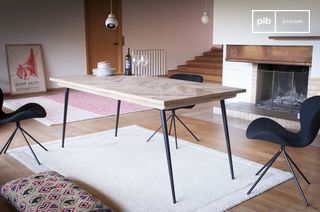
Solid wood dining tableTongeren
€895 €805-10%
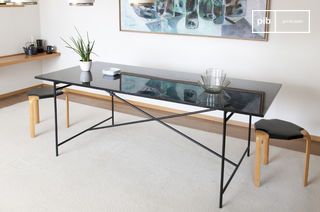
Black marble tableThorning
€1580 €1420-10%
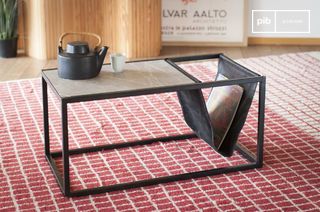
Stone magazine holder coffee tableIbiza
€365 €330-10%
10 festive days
10% off our tables and consoles
Welcome your guests in style · Limited stock
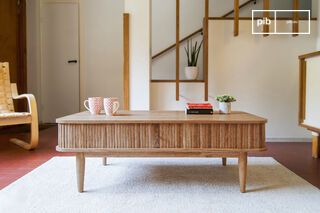
Oak side table with curtainsRitz
€595 €535-10%
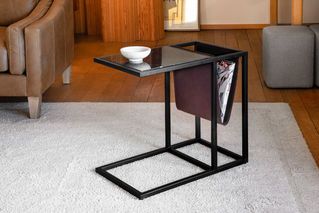
Marble magazine tableNoora
€325 €295-10%
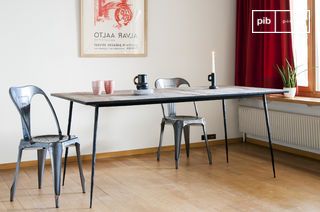
Wood and metal dining tableSherman
€1360 €1225-10%
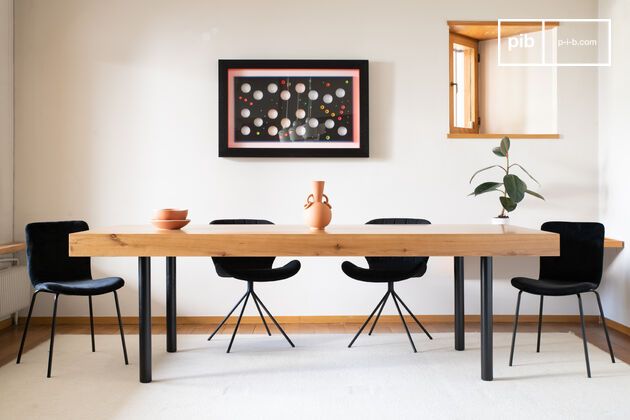
Large light wood dining tableAvesta
€995 €895-10%
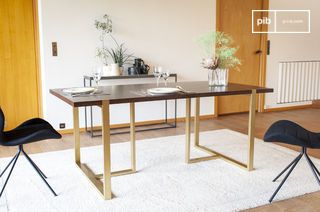
Walnut dining tableNeutra
€780 €700-10%
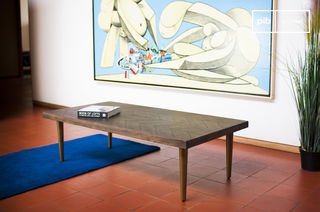
Dark wood coffee tableAlienor
€380 €340-10%
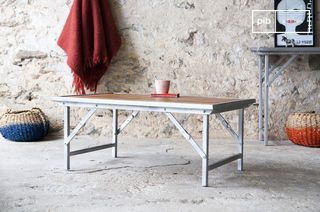
Teak coffee tableBollène
€455 €410-10%
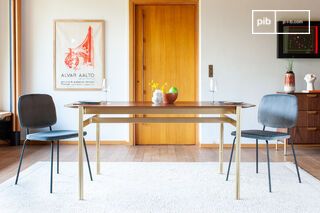
Dark wood dining tableAurora
€880 €790-10%
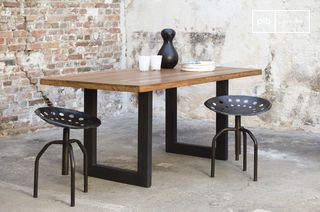
Teak wood tablePeterstivy
€795 €715-10%
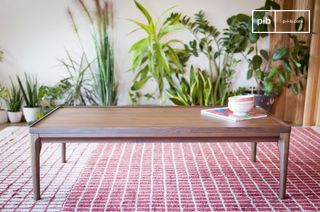
Walnut coffee tableHemët
€550 €495-10%
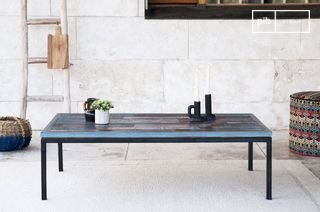
Wooden coffee tableMoriz
€495 €445-10%
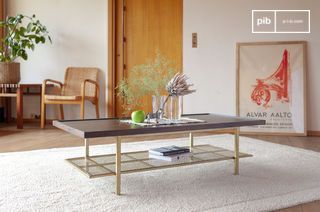
Walnut coffee tableNeutra
€695 €625-10%
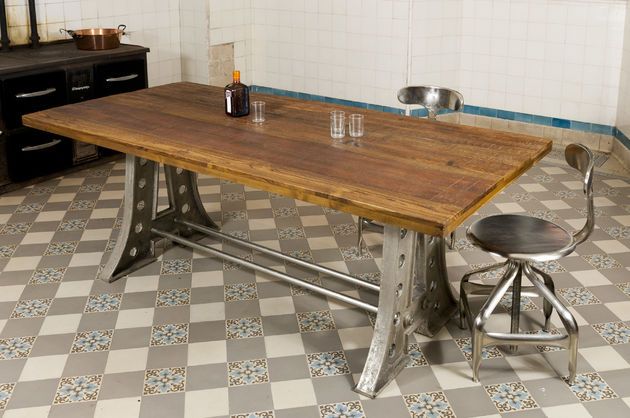
Solid Wood Dining TableNormandie
€1395 €1255-10%
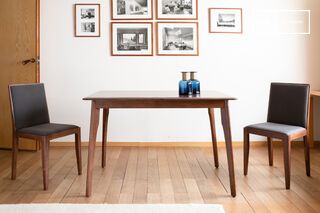
Small dark wood dining tableUmea
€480 €430-10%
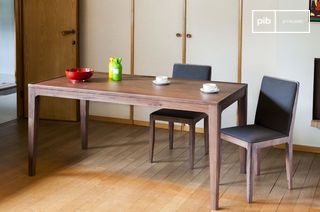
Walnut dining tableHemët
€995 €895-10%
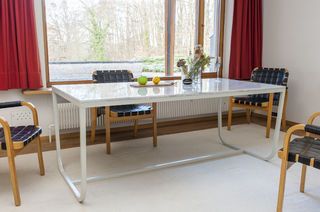
Nordic marble dining tableGällo
€1680 €1510-10%
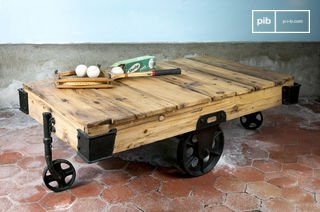
Wooden Coffee TableWood Wagon
€725 €655-10%
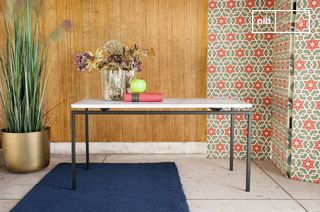
White marble coffee tableVarmalio
€365 €330-10%
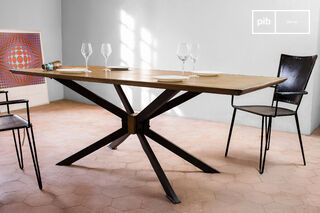
Brass dining tableLiverpool
€1495 €1345-10%

Why choose a rectangular table?
The rectangular format is the one that most easily meets the needs of a structured dining space. Its shape allows linear seating organization, with a symmetrical layout and fluid distribution of functions. Each guest has a defined space, with no loss of space in the center or on the sides. The rectangular table is also the easiest to position in an interior: it can be set against a wall, centered in the room or in continuity with other furniture elements, such as a sideboard or enfilade.
It is equally suited to long rooms and open surfaces. In an open kitchen, it can be used to delineate areas without partitioning. In a closed dining room, it can occupy a central place while leaving a fluid circulation. This type of table also encourages face-to-face exchanges, which remains sought-after in everyday use as well as during extended meals.
Materials, structure and finishes available
Rectangular dining tables come in a wide range of materials. Solid wood (oak, walnut, beech) is often chosen for its durability and warm appearance. It offers a stability appreciated on large formats. MDF trays in wood veneer, melamine or ceramic make the structure visually lighter and easier to maintain. Tempered glass, although more rarely used, can be suitable for contemporary interiors, reinforcing the feeling of visual openness.
The base can vary according to functional constraints. A central base frees up the table's corners, which can be useful in small spaces or for combining different types of seating. U-shaped or X-shaped legs add graphic presence while maintaining stability. The choice of legs also influences the amount of legroom available, an element often overlooked but essential for comfortable sitting.
Some models incorporate side or center extensions. These systems are designed to be easy to handle, without altering the solidity of the whole. An extendable rectangular table can be adapted to a variety of uses: meals with a small family, occasional receptions, shared work. This functional flexibility is often a criterion of choice in contemporary interiors with modular usage.
Agency, compatibility and design logic
Integrating a rectangular table into a space doesn't presuppose a dedicated room. This type of table can cohabit with a sitting area, an open kitchen or even an office. In multifunctional interiors, it can be used as a work surface, meeting surface or activity table. It accepts both rigid alignments (six identical chairs) and freer combinations: a mix of mismatched chairs, the occasional addition of a bench, the insertion of an armchair.
This format suits a wide variety of decorative styles. It can take on the lines of an industrial, Scandinavian, classic or minimalist interior, depending on the treatment of the top, the finish of the legs and the overall proportions. Its role is to create a focal point without visually overloading the room. The regularity of its shape avoids breaks in the reading of volumes and facilitates the placement of suspended lighting, rugs or circulation around the furniture.
